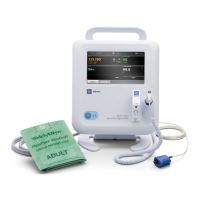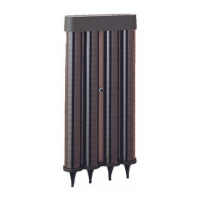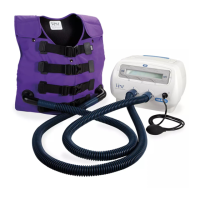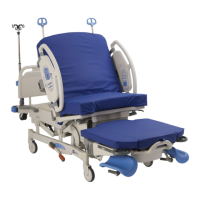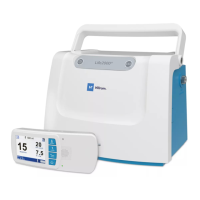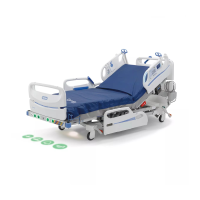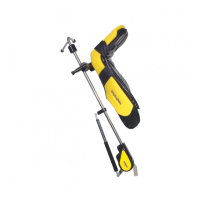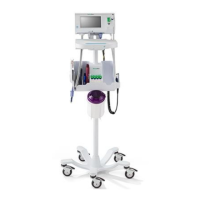Connector types
Disassembly and repair procedures require that you disconnect and reconnect the following
connector types inside the device:
• Locking (squeeze-release): Locking connectors use a latching mechanism to prevent
accidental disconnection during assembly and use. The latch is located on one end of a tab so
it may flex and lock into place when coupled with its matching connector. The tab provides a
lever to release the latch. Some connectors have multiple latches that require you to press
multiple tabs to release.
To remove a locking connector, squeeze the tab(s) to release the latch(es) and remove the
cable.
To connect a locking connector, push the mating pieces together until the latch(es) lock in
place.
• Friction: Friction connectors use a spring mechanism to create friction between the contacts.
To remove a pressure connector, grasp each connector mating half and pull the halves apart.
CAUTION Do not use excessive force to disconnect the
connector. Excessive force may result in pulling the mounted
connector off the circuit board.
To connect a friction connector, grasp each connector mating half and insert one half into the
other.
• ZIF (zero insertion force): The device uses flex cables and ZIF flex cable connectors. Flex
cables and ZIF connectors require special care when handling.
ZIF connectors use a sliding outer piece that latches and unlatches to secure and release the
flex cable. ZIF cables cannot be successfully connected or disconnected without properly
unlatching and latching the sliding outer piece.
Service manual Disassembly and repair 43
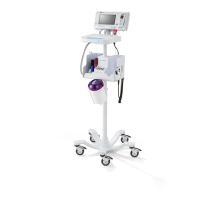
